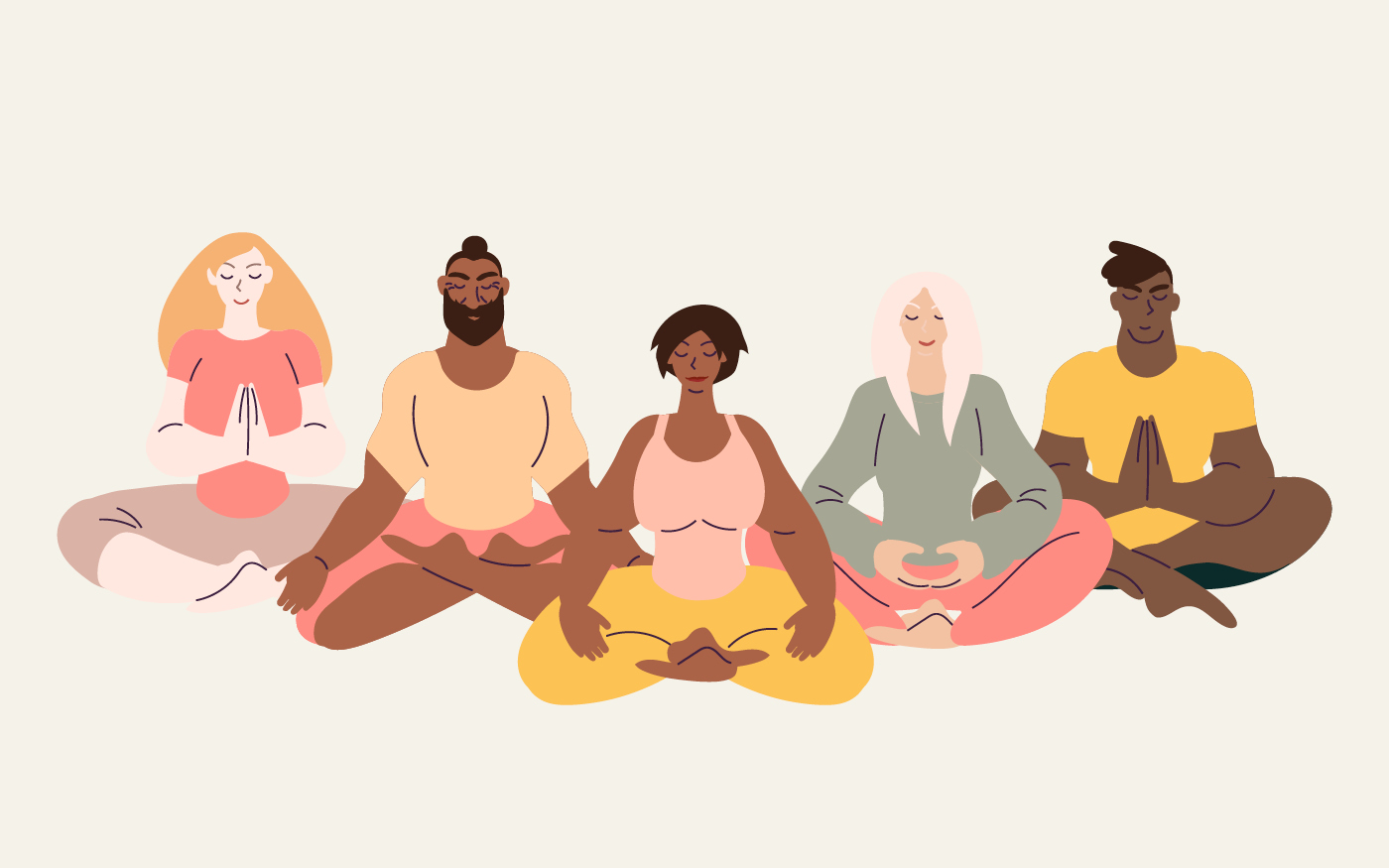The majority of us are familiar with the idea of being grateful for something—we learn from an early age to say “thank you” when we receive birthday gifts, or someone holds the door open for us. But what does gratitude itself really mean?
Unlike anger, sadness, or happiness, there’s no “universal expression” or firm definition for gratitude, says Vanessa Hill. In this video from PBS science series Braincraft, she explores how we can express gratitude, and all the benefits that come with it:
What Is Gratitude?
Robert Emmons, psychology professor and gratitude researcher at the University of California, Davis, explains that there are two key components of practicing gratitude:
- We affirm the good things we’ve received
- We acknowledge the role other people play in providing our lives with goodness
It’s only in the past few decades that researchers have started to investigate how we benefit from expressing gratitude and paying it forward. In one study, researchers examined the brains of participants who were asked how grateful they would feel in hypothetical scenarios where complete strangers saved their lives.
Practicing gratitude can potentially have a positive impact on our mental health over time.
They found that, “when participants reported those grateful feelings, their brains showed activity in a set of regions located in the medial pre-frontal cortex, an area in the frontal lobes of the brain where the two hemispheres meet. This area of the brain is associated with understanding other people’s perspectives, empathy, and feelings of relief.”
Due to this, practicing gratitude can potentially have a positive impact on our mental health over time.
A Simple Way to Practice Gratitude
You can strengthen your capacity for gratitude by keep a gratitude journal. You can do this once a week, or as often as you feel the desire to.
Here’s how:
- Write down up to five things for which you feel grateful. The physical record is important—don’t just do this exercise in your head.
- The things you list can be relatively small in importance (“The tasty sandwich I had for lunch today.”) or relatively large (“My sister gave birth to a healthy baby boy.”).
- The goal of the exercise is to remember a good event, experience, person, or thing in your life—then enjoy the good emotions that come with it.
Studies have found that keeping a gratitude journal can lead to improvements in mood, health, and overall outlook in life.
read more
How to Start a Mindful Journaling Practice
Writing mindfully can loosen the grip of sticky emotions by bringing them out of the dark. With just a pen and paper, or an app, we can create the habit of being there for ourselves.
Read More









